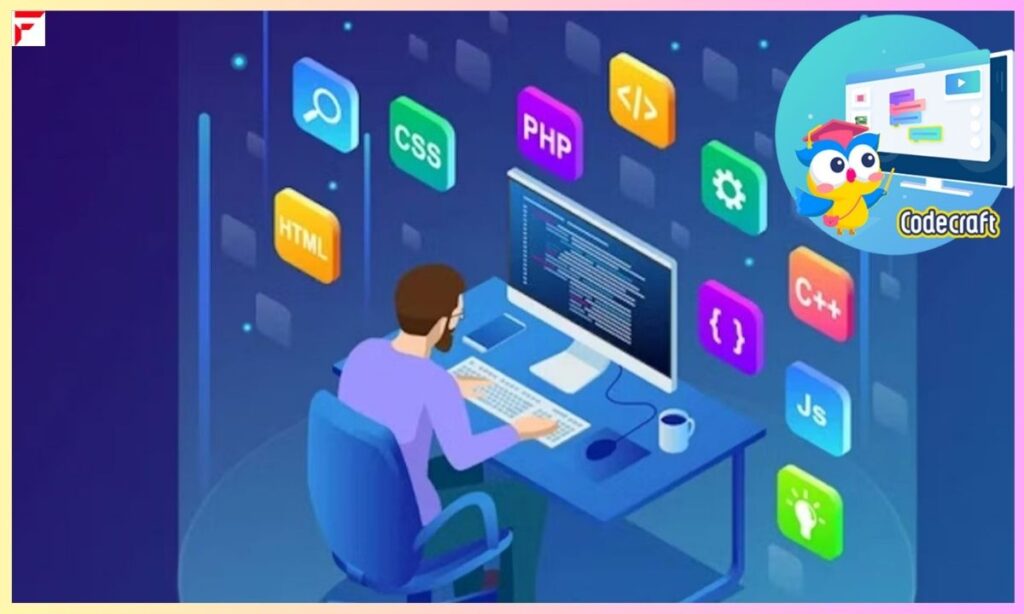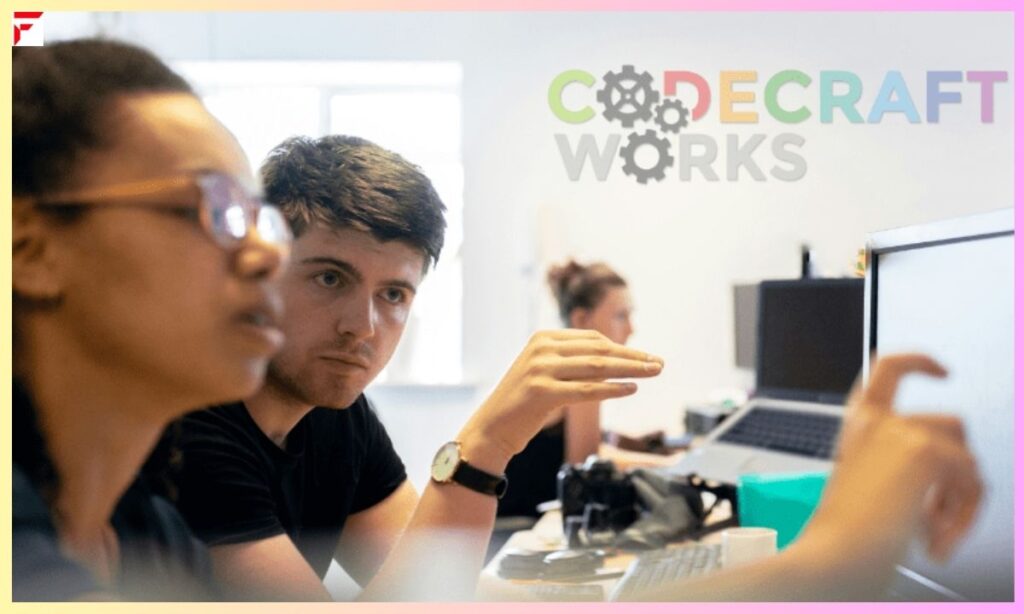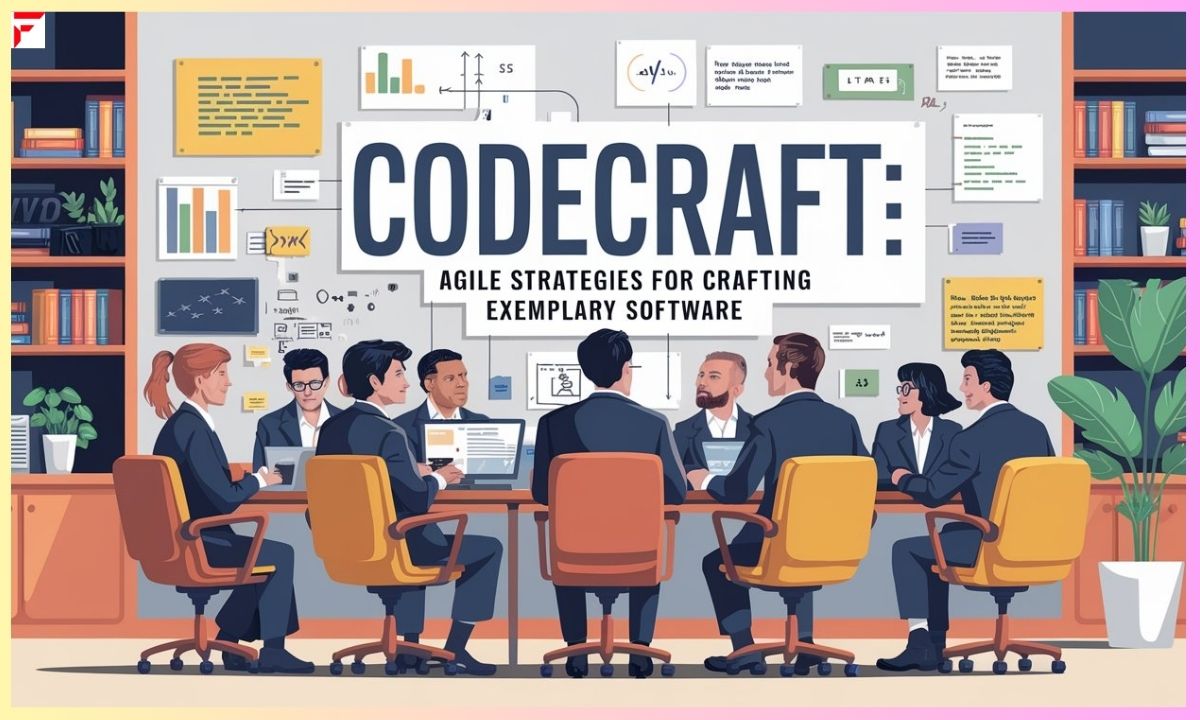Coding has evolved into a sophisticated fusion of technical precision and artistic expression, where developers wield their expertise like master craftsmen shaping digital solutions. The modern software development landscape demands more than just functional code; it requires an artful approach that balances creativity with structured methodologies.
Through the lens of Agile practices, developers transform complex requirements into elegant solutions, much like artists who transform blank canvases into masterpieces, creating software that not only works flawlessly but also embodies the principles of beautiful design and intuitive user experience.
The Agile Developer’s Canvas
The Agile Developer’s Canvas serves as a foundation for creative software development. It provides a structured yet flexible framework where developers can experiment, iterate, and refine their code. This approach transforms traditional development processes into an artistic journey of discovery and innovation.
Like an artist’s canvas, the development workspace should inspire creativity while maintaining order. Sprint planning becomes the preliminary sketch, while user stories add color and depth to the software’s features. Daily standups serve as brushstrokes that gradually bring the picture into focus.
CodeCraft: Craftsmanship Meets Agile
When craftsmanship meets Agile, software development transcends ordinary coding. Technical excellence combines with iterative improvement to produce superior results. This marriage of methodologies ensures both quality and efficiency in software delivery.
The fusion of craft and Agile creates a dynamic environment where creativity flourishes within structured boundaries. Developers become artisans, taking pride in their work while adhering to Agile principles that ensure timely delivery and customer satisfaction.
Must Read This Article:VNC Distribution Wholesale Disposable Pods Vape: The Future of Vaping
1. Embrace TDD (Test-Driven Development)
Test-Driven Development forms the backbone of quality software crafting. It ensures reliability while promoting clean, maintainable code. The practice of writing tests first guides developers toward better design decisions and more robust solutions.
Writing tests before implementation helps maintain focus on requirements and desired outcomes. This disciplined approach reduces bugs and improves overall code quality, making it an essential tool in the modern developer’s arsenal.
2. Refactor Regularly

Regular refactoring keeps code fresh and manageable. It’s like pruning a garden, ensuring healthy growth and preventing technical debt. Through consistent refinement, software remains adaptable and efficient over time.
Code maintenance becomes more manageable when refactoring is treated as an ongoing process. Teams should dedicate time in each sprint to improve existing code, ensuring long-term sustainability of the software.
3. Prioritize Code Readability
Clean code is essential for long-term maintainability. Well-structured, readable code reduces confusion and speeds up development. Making code readable should be as important as making it functional.
Clear naming conventions and logical organization help teams understand and modify code efficiently. This investment in readability pays dividends through reduced maintenance costs and faster onboarding of new team members.
4. Automate Where Possible
Automation streamlines repetitive tasks and ensures consistency. It frees developers to focus on creative problem-solving and innovation. Modern development requires efficient automation to maintain competitive advantage.
Implementing robust CI/CD pipelines reduces human error and accelerates delivery. Teams should continuously identify opportunities to automate routine processes and quality checks.
5. Engage in Continuous Learning
The technology landscape evolves rapidly, making continuous learning essential. Developers must stay current with new tools, techniques, and best practices. Professional growth directly impacts software quality and team capability.
Regular knowledge sharing sessions and technical discussions enhance team expertise. Investment in learning ensures teams remain competitive and capable of delivering innovative solutions.
Also Read This Blog:What We Know About the Man Who Self-Immolated in Front of the Israeli Embassy
6. Collaborate Effectively
Effective collaboration multiplies individual talents into team success. Clear communication and shared understanding lead to better outcomes. Strong teamwork is fundamental to Agile software development.
Teams should foster an environment of open communication and mutual support. Regular feedback and knowledge sharing strengthen team bonds and improve project results.
Refactoring as Sculpting

Approaching refactoring as sculpting transforms routine maintenance into creative improvement. Each refinement brings the code closer to its ideal form, much like a sculptor revealing the figure within the stone.
Code optimization becomes an artistic process, where developers carefully shape and polish their work. This perspective encourages thorough and thoughtful improvements rather than quick fixes.
Practical Considerations
Implementing CodeCraft requires careful balance between creativity and discipline. Teams must establish clear guidelines while maintaining flexibility for innovation. Regular review and adjustment of practices ensures continuous improvement.
Success depends on commitment to both technical excellence and artistic vision. Teams should regularly evaluate their processes and adjust their approach based on results and feedback.
The Symphony of Continuous Integration
Continuous Integration orchestrates the various elements of modern software development. Like a symphony, each component must work in harmony to create a cohesive whole. Proper integration practices ensure smooth collaboration and reliable delivery.
The rhythm of regular builds and deployments maintains project momentum. Automated testing and quality checks provide the tempo that guides development progress.
User Stories as Narrative Threads
User stories weave together technical requirements and human needs. They provide context and purpose to development efforts, ensuring solutions address real user problems. Well-crafted stories guide teams toward meaningful solutions.
Understanding the narrative behind each feature enhances development quality. Teams should invest time in creating detailed, meaningful user stories that capture both functional requirements and user context.
Frequently Asked Questions
What makes CodeCraft different from traditional development approaches?
CodeCraft combines technical discipline with creative problem-solving, emphasizing both quality and innovation in software development.
How does Agile methodology support software craftsmanship?
Agile provides a flexible framework that allows for iterative improvement while maintaining focus on delivering value to users.
Why is continuous learning important in software development?
Technology evolves rapidly, making ongoing education essential for maintaining competitive advantage and technical excellence.
How does test-driven development improve software quality?
TDD ensures code reliability from the start and guides better design decisions through upfront testing requirements.
What role does collaboration play in successful software development?
Effective collaboration multiplies individual talents and ensures better outcomes through shared knowledge and diverse perspectives.
Conclusion
CodeCraft represents the evolution of software development into a sophisticated blend of technical expertise and creative craftsmanship. Success requires commitment to both quality and innovation, supported by Agile methodologies that promote flexibility and continuous improvement.
The future of software development lies in this balanced approach to technical excellence and creative problem-solving. Teams that embrace CodeCraft principles position themselves for success in an increasingly complex digital landscape.

Brook is a talented content writer and digital marketer with expertise in SEO, social media management, and online marketing. He excels at creating impactful, data-driven content to help businesses connect with their target audience and achieve measurable outcomes.





